The Berkshires Bowling Alley that Inspired "The Big Lebowski"
It’s been 36 years since the release of The Big Lebowski, the irreverent cult comedy by Joel and Ethan



Comprised of over 100 million documents from the collections of five different partner organizations, the Center for Jewish History boasts the largest Jewish archives in the world outside of Israel. The Center’s collections contain artwork, textiles, ritual objects, recordings, films, and photographs that tell the stories of the migrations, adaptations, culture and life of the Jewish people over the course of the past 1,000 years. The collections are comprised of famous items from well known Jewish figures as well as personal artifacts from everyday donors who wish to add to their stories to the Center’s ever growing archives. We’ve picked out just a few highlights to give you an idea of the amazing artifacts you can find within.
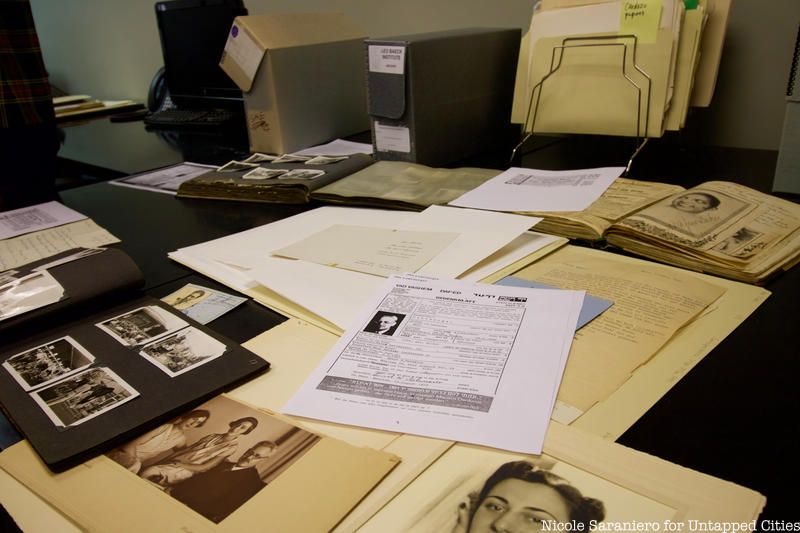
An affiliate of the Smithsonian Institution, the Center brings together five different organizations: The American Jewish Historical Society, American Sephardi Federation, Leo Baeck Institute, New York, Yeshiva University Museum, and YIVO Institute for Jewish Research. At the Center, members of the public can explore the archives at the Lillian Goldman Reading Room and David Berg Rare Book Room, research their own genealogy at the Ackman & Ziff Family Genealogy Institute, and see how priceless historical items are cared for and preserved by the Center’s archivists, technicians and preservation experts in the Collection Management & Conservation Wing.
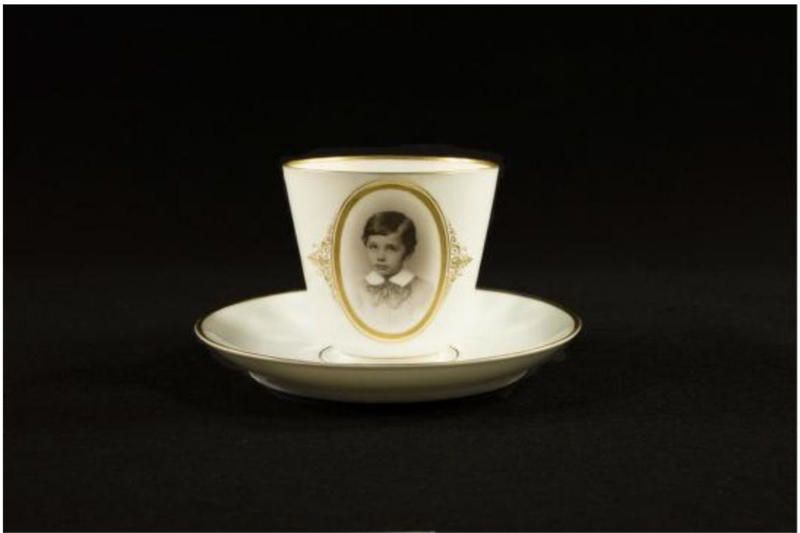
One of the most unique items found in the archives of the Center for Jewish History is a pair of hot chocolate cups that belonged to the infamous mathematician Albert Einstein and his sister Maja. The tiny porcelain cups are emblazoned with a portrait of each child in a decorative gold leaf frame. The lip, handle and foot of the cups as well as the rims of the saucers are also ringed with gold leaf. The bases of the cups are stamped with the Wittelsbach coat of arms and the mark of the manufacturer, The Nymphenburg Porcelain Manufactory. The set of cups was presumably commissioned by the siblings’ parents shortly after the birth of Maja in the early 1880s, while the family was living in Munich. Einstein took the cups with him when he immigrated to the Untied States and kept them in his home in Princeton, New Jersey. Several years after Einstein’s death, his personal assistant Helen Dukas donated the cups to the Leo Baeck Institute.
In addition to the tiny cups, you can also see a collection of Einstein’s personal photographs from throughout his life and travels at the Center. If you are looking for other places to find Einstein in New York, read about how his eyeballs are stored in a safety deposit box!
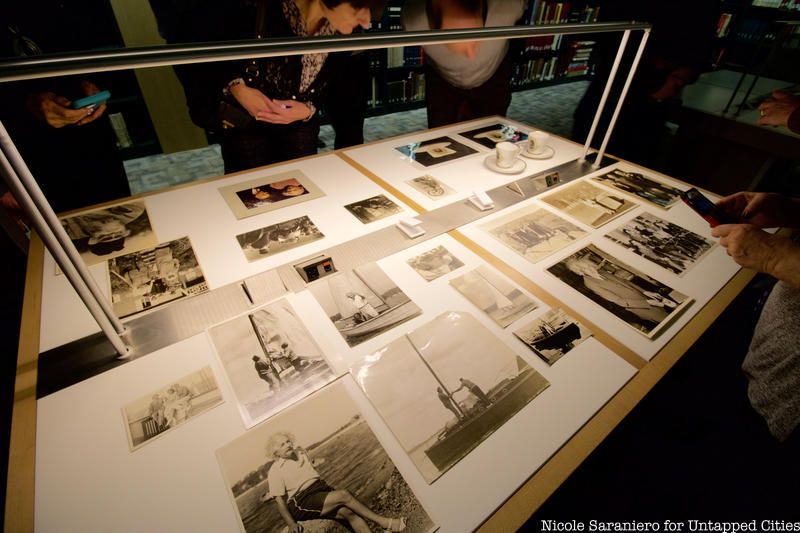
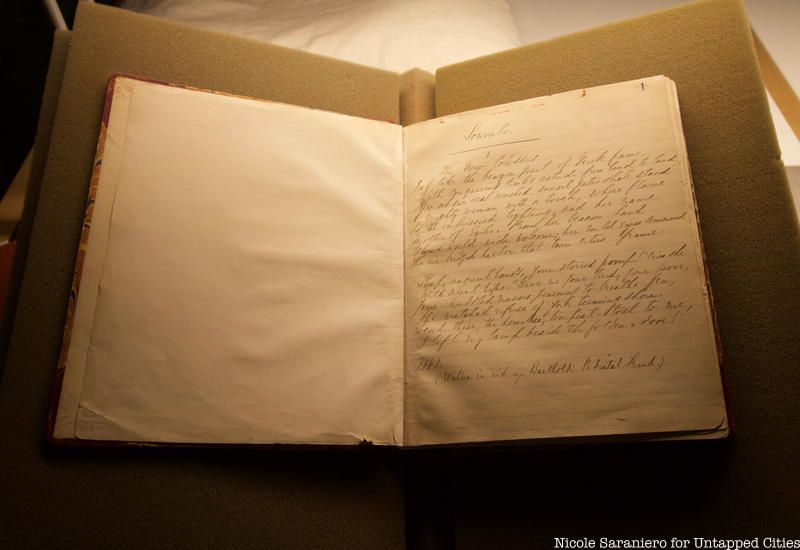
Even if you may not recognize Emma Lazarus’ name, you will likely recognize her most famous poem, The New Colossus, which reads in part, “Give me your tired, your poor, Your huddled masses yearning to breathe free.” This infamous phrase is inscribed on the plaque at the base of the Statue of Liberty. Written as a piece to be auctioned off to raise funds to build the statue’s pedestal, Lazarus also hoped that the poem would shed light on the plight of refugee immigrants. At the Center for Jewish History you will find a handwritten version of The New Colossus in a notebook that Lazarus created between 1877-1887. The poem is undated, but written at some point near the end of her life as she compiled a collection of her work. The entire notebook has been digitized and is available online!
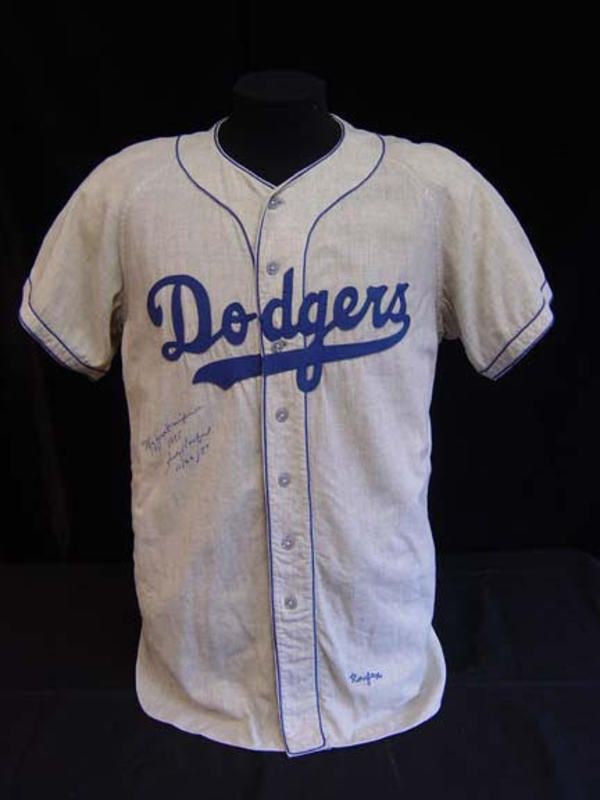
Among the documents, photographs and historical ephemera in the Center’s collection there are also many pieces of sports memorabilia including the 1955 rookie jersey of Brooklyn Dodger’s pitcher Sandy Koufax. Raised in Bensonhurst, Brooklyn, Koufax signed with the Dodgers in 1954. He stuck with the team when they moved to Los Angeles in 1958 and spent his entire career in a Dodgers uniform. Over the course of eleven years, Koufax would win three Cy Young Awards, two World Series and set a major league record for strikeouts. At Game 1 of the 1965 World Series Koufax refused to pitch because it was Yom Kippur, a show of dedication to his faith that garnered him admiration from the Jewish community. Koufax was inducted into the Baseball Hall of Fame in 1972.

Hank Greenberg was born in Greenwich Village but never swung a bat for a New York team. When the New York Yankees offered him a contract, he instead signed with the Detroit Tigers in 1933. As a sports superstar at the onset of World War II, Greenberg became an inspiration to the Jewish community. He directly defied the negative stereotypes of Jewish people that were perpetuated at the time and embodied the positive ideals of the community. Despite his flourishing young career, Greenberg joined the service in 1941 and served until 1945. After the war he immediately returned to the baseball field. The “powerized” Louisville slugger in the archives of the Center was used by Greenberg during this reprise in his career. Made by Hiller & Bradsby Co., the bat dates back to 1945. Due to preservation reasons, Greenberg’s bat, and Koufax’s jersey, are only available for viewing to serious researchers with special permission, however you can view both items online in the museum’s digital catalog. In 1947 Greenberg moved on from Detroit to play with the Pittsburgh Pirates for the last year of his career. During Greenberg’s fourteen years on the diamond he set multiple home run records, played in four World Series, won many MVP awards and earned the nickname “The Hammer.” He was inducted in to the Baseball Hall of Fame in 1956.
Next, check out 10 Abandoned Resorts from The Borscht Belt, America’s Jewish Vacationland in Catskills, New York
Subscribe to our newsletter